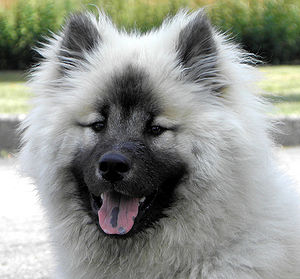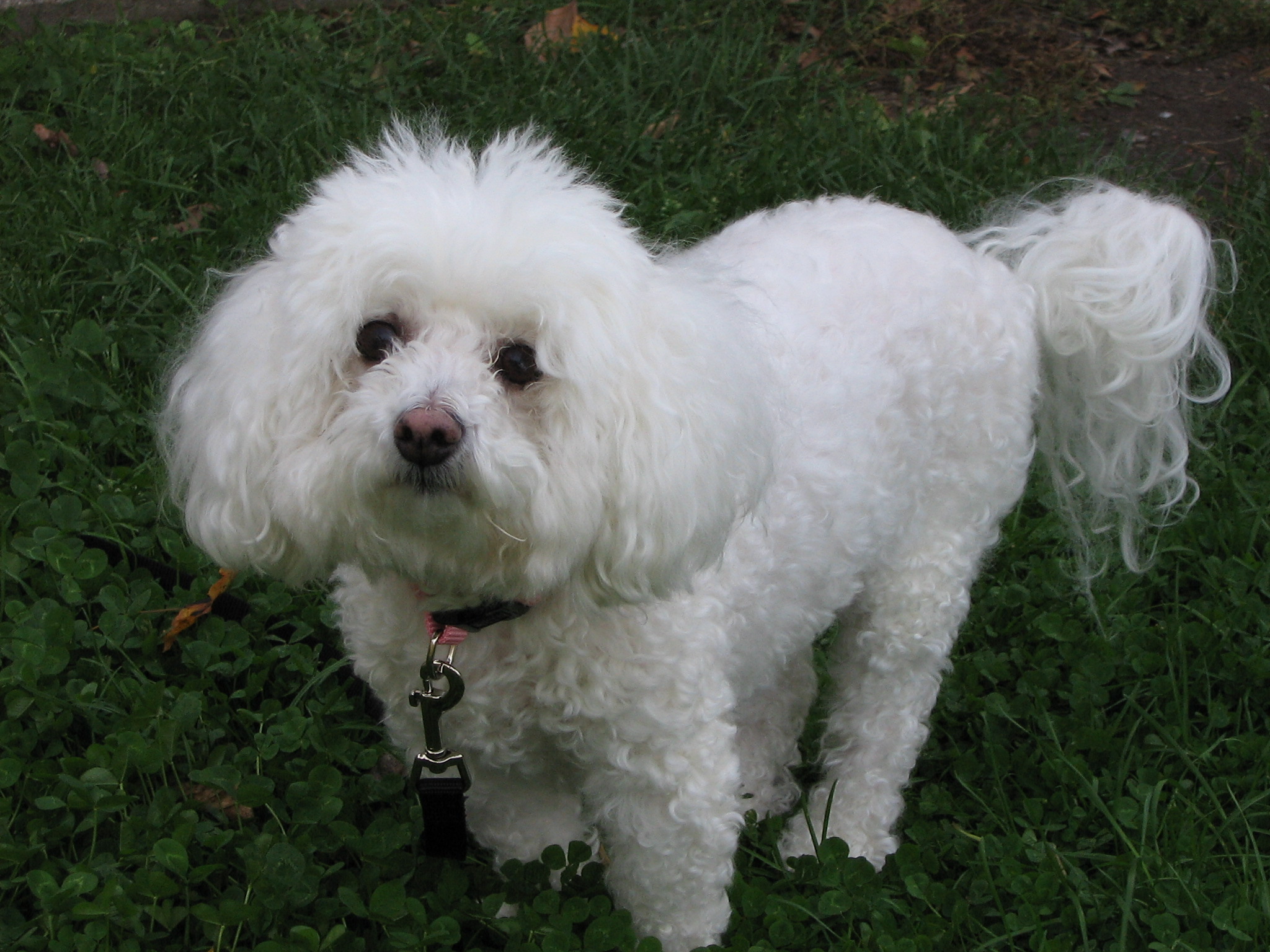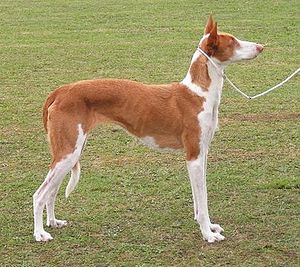 |
| Vital Statistics: |
| Place of Origin: Germany |
| Group: Companion |
| Height: males, 20-24 in., females 19-22 in. |
| Weight: males, 50-70 lbs., females 40-60 lbs. |
| Life span: 13 yrs. |
| Trainability: high |
| Good with children: yes, kindly treated |
| Good with other pets: yes |
What is the origin of the Eurasier?
The Eurasier originated in Germany in 1960. Julius Wipfel, along with a small group of interested people, crossed a Keeshond with a Chow Chow, later adding the Samoyed to the mix for a good temperament. The result is the Eurasier, a spitz-type dog that has since become popular worldwide.
What does the Eurasier look like?
The Eurasier is a medium sized dog. Weight is 50-70 lbs, for males, 40-60 lbs. for females. Height for males is 20-24 inches, females, 19-22 inches. Ears are typically spitz, upright and triangular. The tale curves over the back and looks like a plume. The tongue can be pink, blue-black or spotted. The coat is long, thick and double to keep the dog warm in its natural Northern environment. Colors are all colors except white, liver or white patches. Regular brushing will keep the coat looking good.
What is the temperament of the Eurasier?
Eurasiers are calm, even-tempered dogs. Obedience training should be carried out by a family member using positive methods as the Eurasier is a sensitive dog and can feel hurt by harsh discipline. They bond very strongly with their family and don’t enjoy being away from them for long periods of time. They are good with children who treat them kindly. Eurasiers get along very well with other dogs, cats, other pets. They are not barkers, but are alert and make good guard dogs. They are reserved with strangers, but don’t behave aggressively or timidly. Eurasiers should live indoors with the family, never chained or kenneled outside. They enjoy outdoor activities with the family and long walks with a good run in a secure area.
What are Eurasiers used for?
Although bred as a companion dog, Eurasiers train easily in agility, rally obedience, as therapy dogs. Eurasiers are among the most intelligent, loyal, loving family dogs.
Possible Health Issues
Elbow dysplasia, patellar luxation, distichiasis (abnormal eyelash growth resulting in them rubbing and irritating the cornea).
- Alaskan Klee Kai
- Bichon Frise
- Bichpoo
- Brussels Griffon
- Bull Terrier
- Bulldog
- Cardigan Welsh Corgi
- Cavalier King Charles Spaniel
- Chihuahua
- Chinese Crested
- Coton de Tulear
- French Bulldog
- German Spitz (Giant, Standard, Toy)
- Hairless Khala
- Havanese
- Japanese Chin
- Japanese Chin Dog
- Keeshond
- Lhasa Apso
- Lowchen
- Maltese
- Mi Ki
- Miniature Pinscher
- Moscow Toy Terrier
- Norwegian Lundehund
- Papillon
- Pekingese
- Pomeranian
- Poodle
- Portuguese Water Dog
- Pug
- Sanshu
- Schipperke
- Schnorgi
- Shiba Inu
- Shih-Tzu
- Tibetan Spaniel
- Yorkshire Terrier
- Affenpinscher
- Boxer
- Dachshund
- Deutscher (German) Pinscher
- Doberman Pinscher
- German Shepherd
- German Shorthaired Pointer
- German Spitz (Giant, Standard, Toy)
- Giant Schnauzer
- Great Dane
- Hovawart
- Leonberger
- Miniature Pinscher
- Miniature Schnauzer
- Pomeranian
- Poodle
- Pudelpointer
- Rottweiler
- Standard Schnauzer
- Weimaraner



